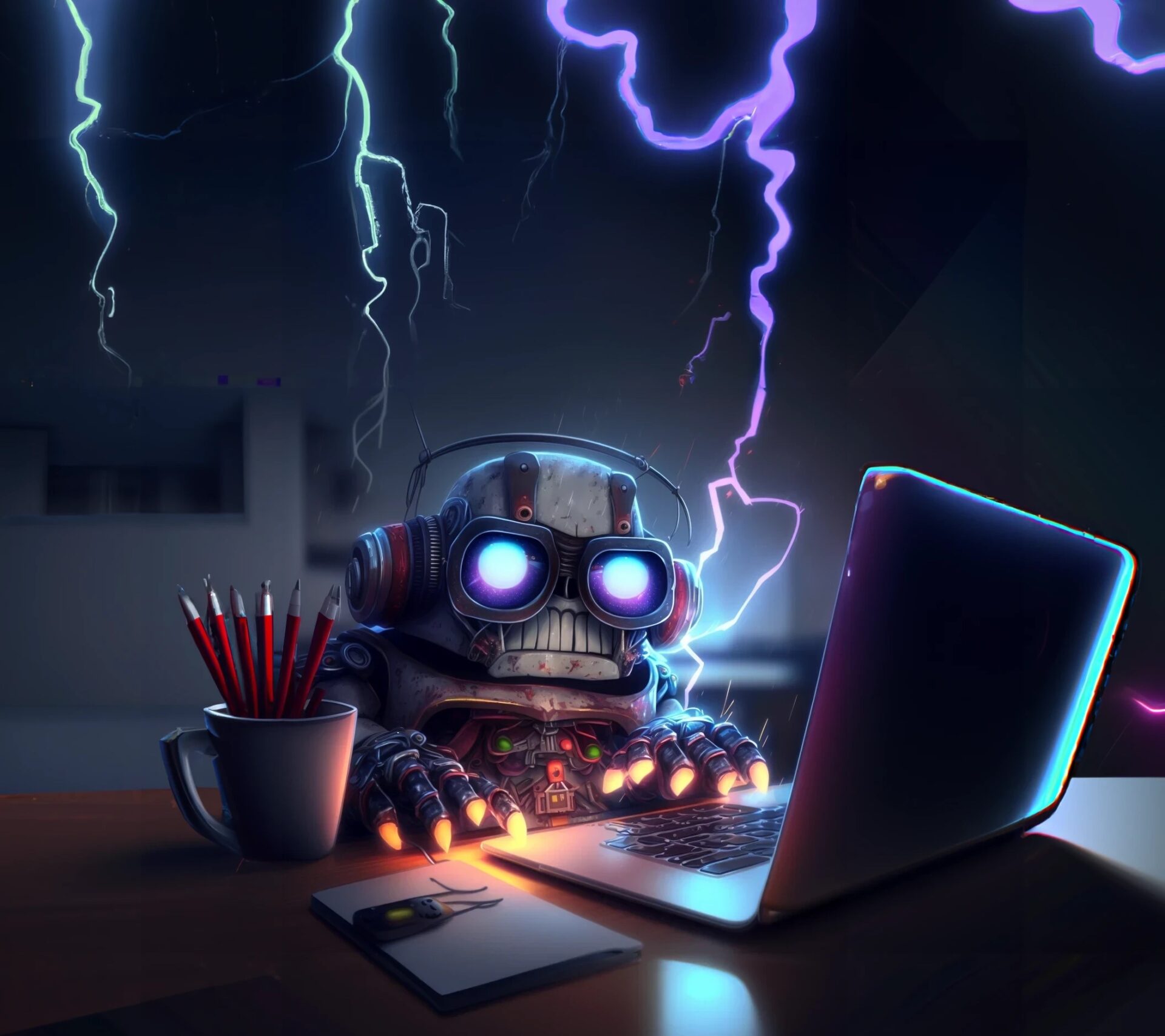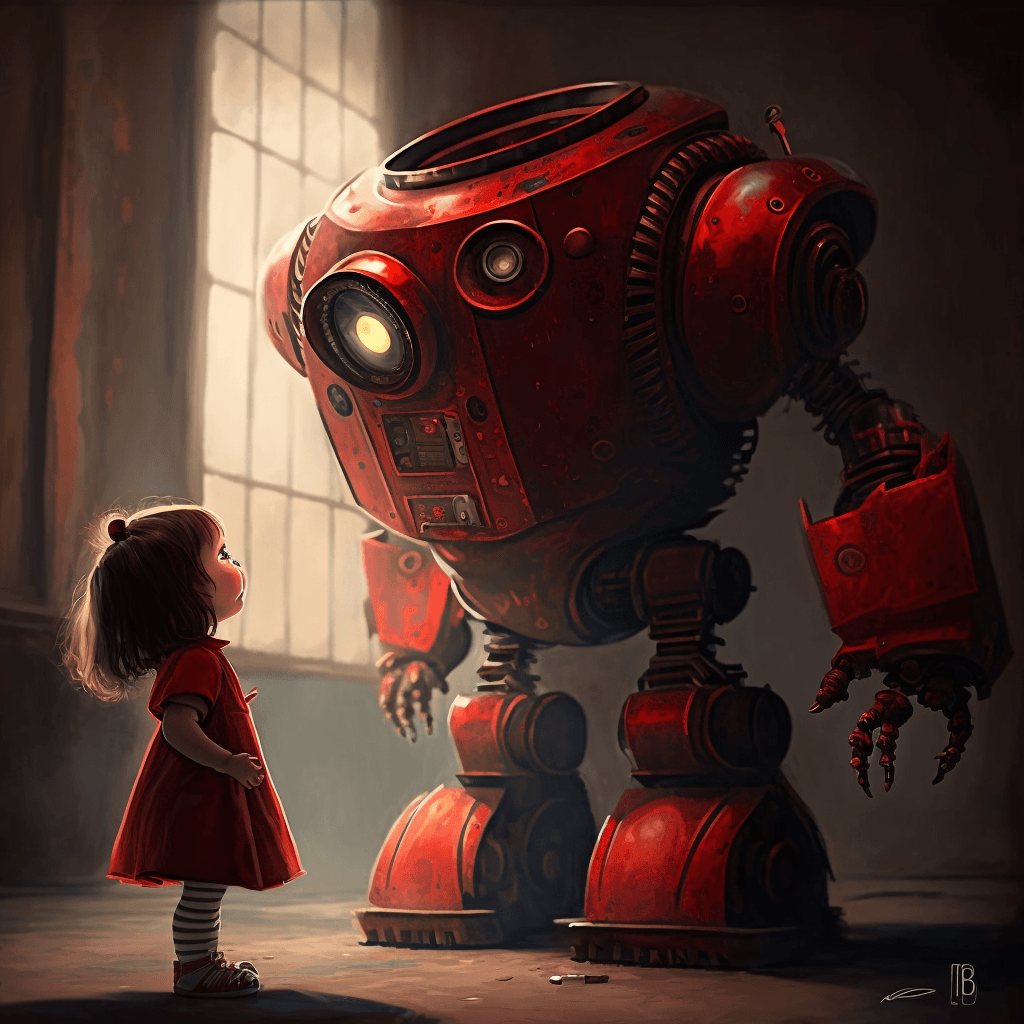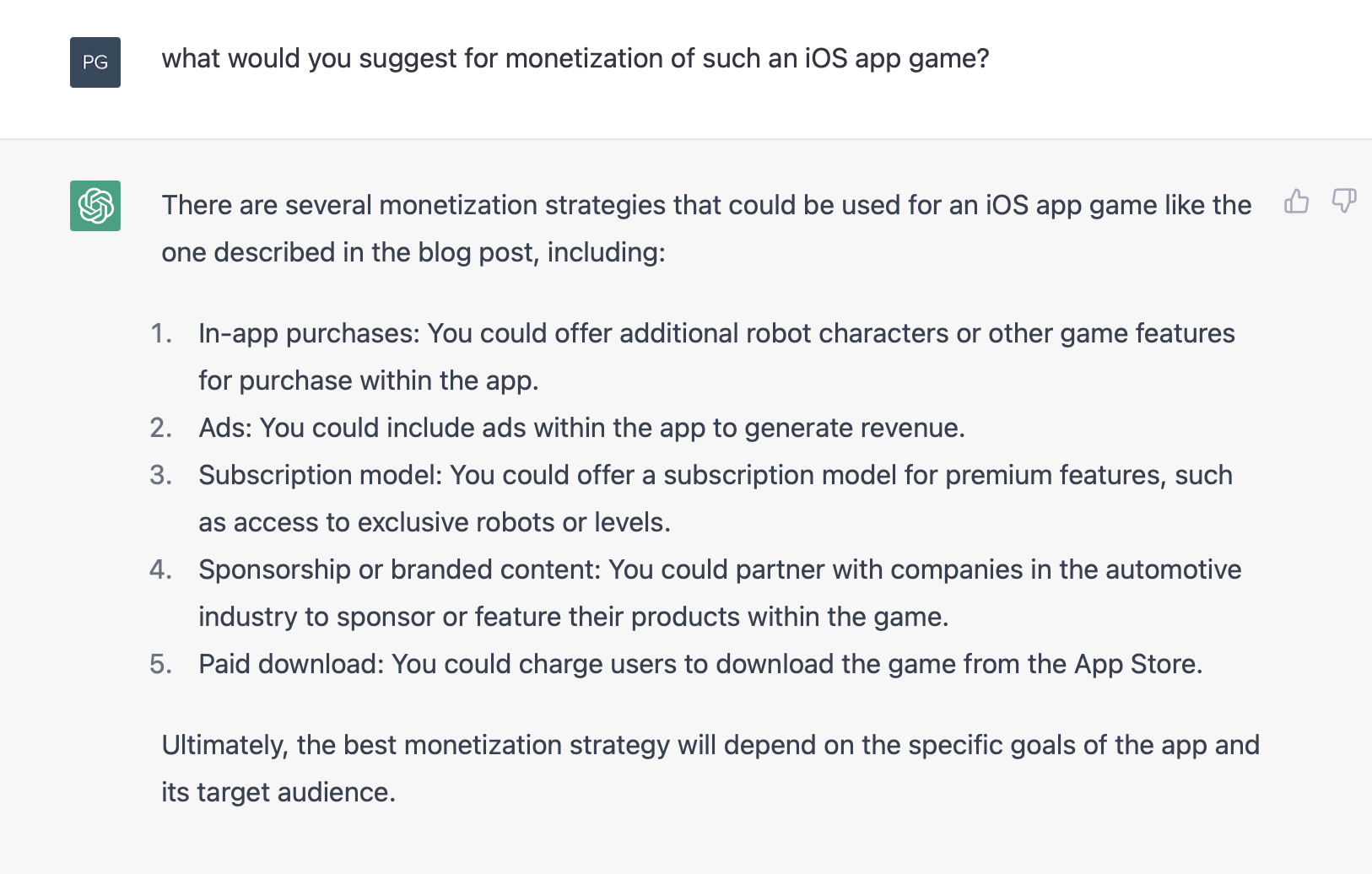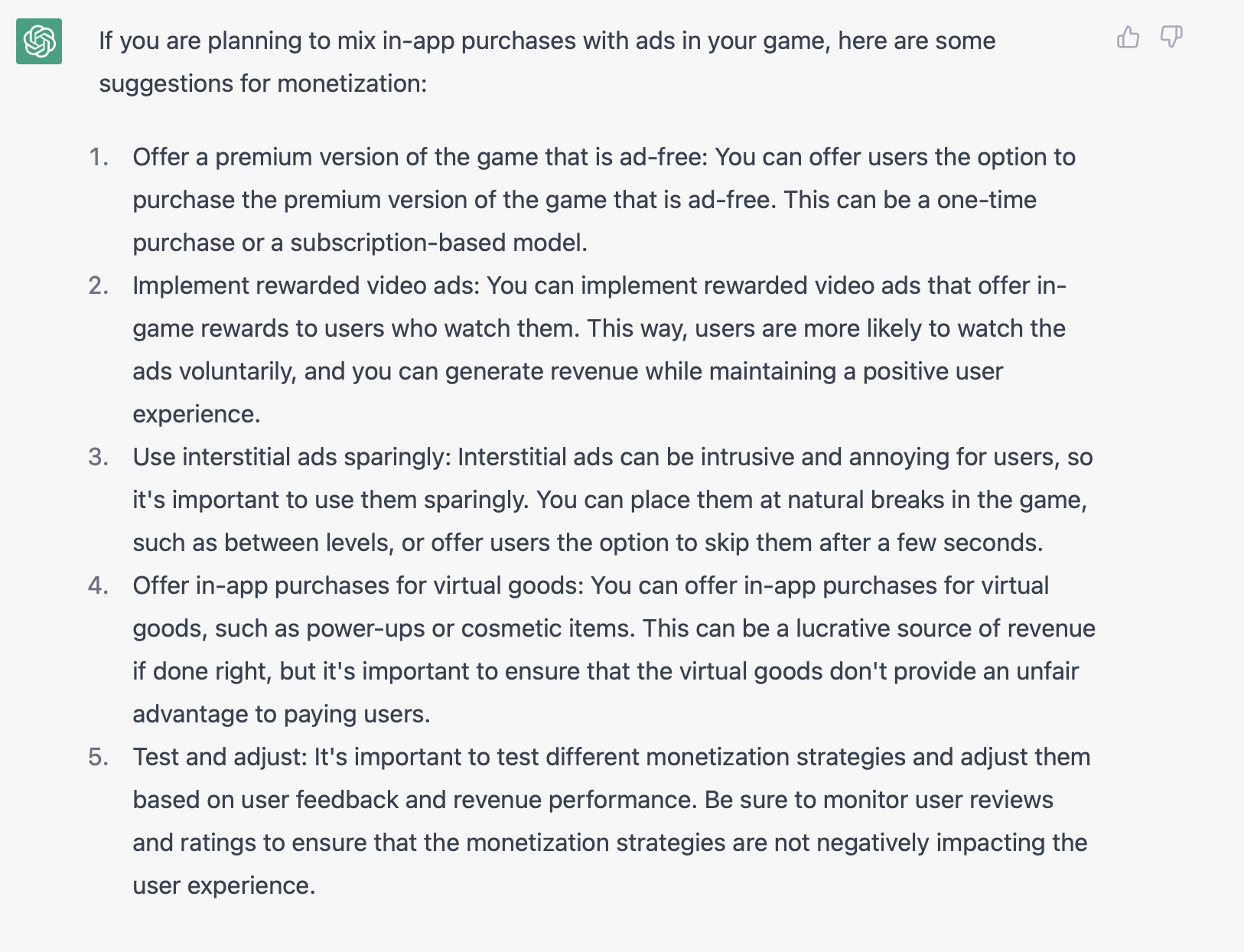Building a Game from Scratch to finish with AI
Get ready to battle your knowledge against an evil yet funny AI in our latest quiz game, built entirely using generative AI technology. At UNEVIS Xlab, we’re always pushing the boundaries of what’s possible in the creative arts with AI. With the release of OpenAI’s ChatGPT, we decided to take on the challenge of building a game that would showcase the potential of this and other generative AI technologies.
As a theme we decided to create a fun and engaging quiz game that would challenge players‘ knowledge and keep them entertained for hours. We weren’t interested in generating another pong or a landing page, instead we wanted to cut through the hype and explore what’s really possible with generative AI by developing and releasing the game on IOS and Android with as little manual input as possible. To achieve this, we had to give the system the idea of diabolical robot villains, each with their own unique names and attributes such as wickedness and agility, as quizmasters. Players would battle these robots in a series of rounds, with each round unlocking a new and even more challenging opponent.
Here is what we learned:
Textual Content Creation using ChatGPT:
To create the content for the game, we developed a system based on ChatGPT, capable of generating prompt entries that mimic an evil, yet funny AI which serves as a „Quiz Master.“ The AI chosed topics, categorized the questions, defined the difficulty-level of the question and justified its answer.
We also included automatic formatting the result content by AI, thus the generated output could be used directly as a database entry eliminating the needs of writing data-parsers.
We came up with a huge set of evil AI names and attributes, then combined them uniquely, creating short stories for every villain based on the names and topic. We also generated a huge set of taunts to mock errors made by the user or when the user ran out of time, and another huge set of sarcastic comments when the user was correct. We even gave unique attribute values to the robots, such as evilness and agility, generated by the AI.
Code Creation using ChatGPT:
We built the code for batch-converting the created textual content into speech using cloud services. We also built tools for database access, asset handling, and asset conversion. We wrote a wide variety of game logic, such as event handling, UI operations, asset management, user management, and integration of downloaded content.
Audio Content Creation using Amazon Polly AI:
We used the automatically generated texts and converted them to sound files with a robotic voice. No post-processing was needed. The days are gone where we had to sit with a blanket over our heads and a microphone and speak everything in a thousand of takes just to get it right or spend a lot of money on professional speakers.
Image Content Creation using AI:
For the dozens of unique robot designs, we started with DALL·E 2 from Open AI based on the generated stories by ChatGPT. Using DALL·E 2 we found it challenging to get a consistent high-quality style. Therefore, we switched to Midjourney, which was more cost-effective and almost instantly produced better quality designs. However, for the marketing images, we needed the images to be much larger, so we switched back to DALL·E 2 and made use of its outpainting feature.
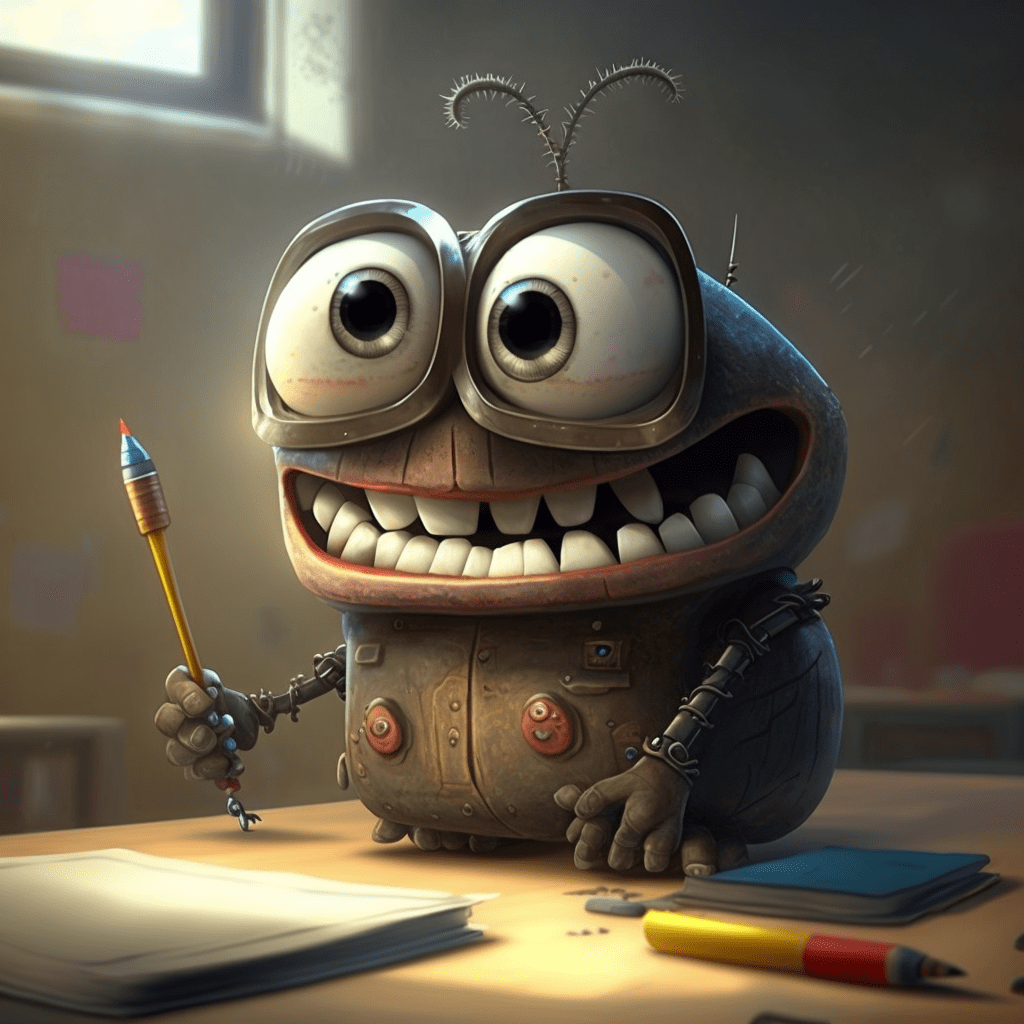
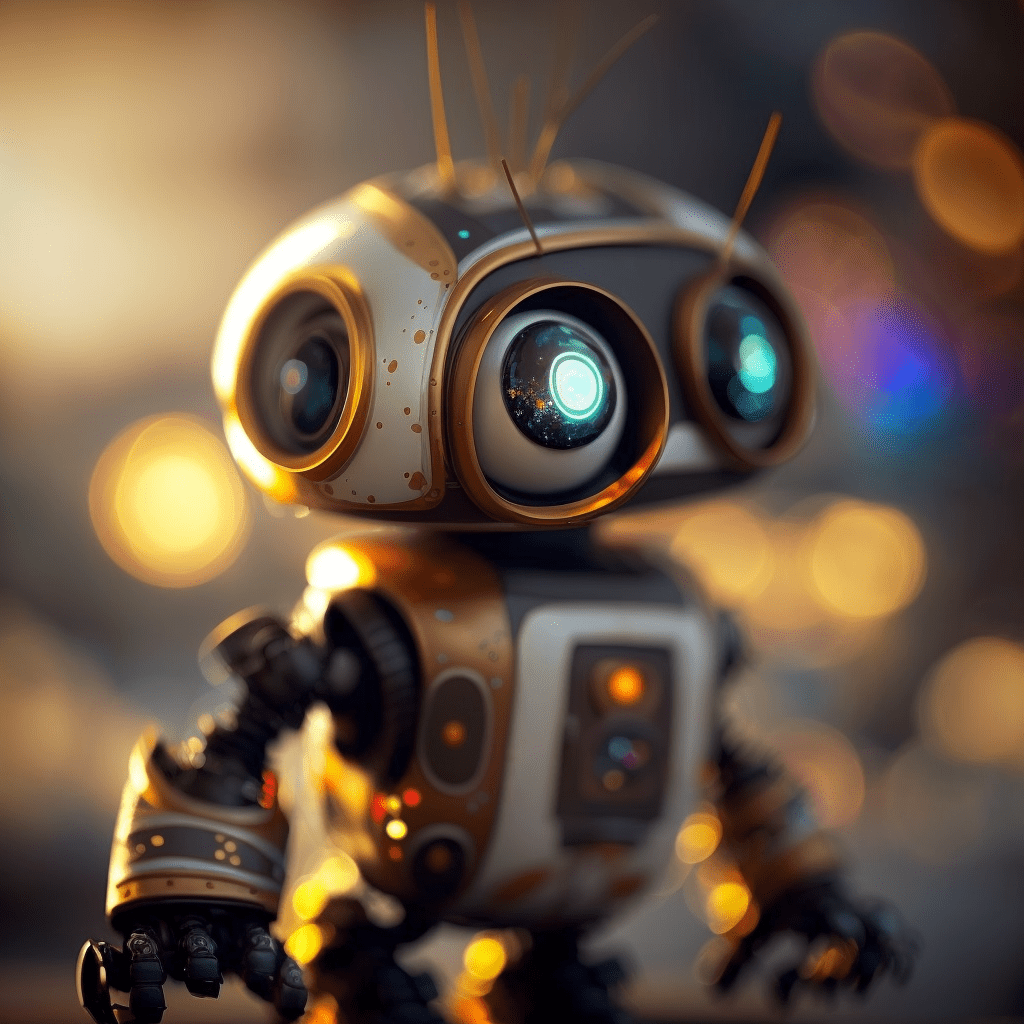
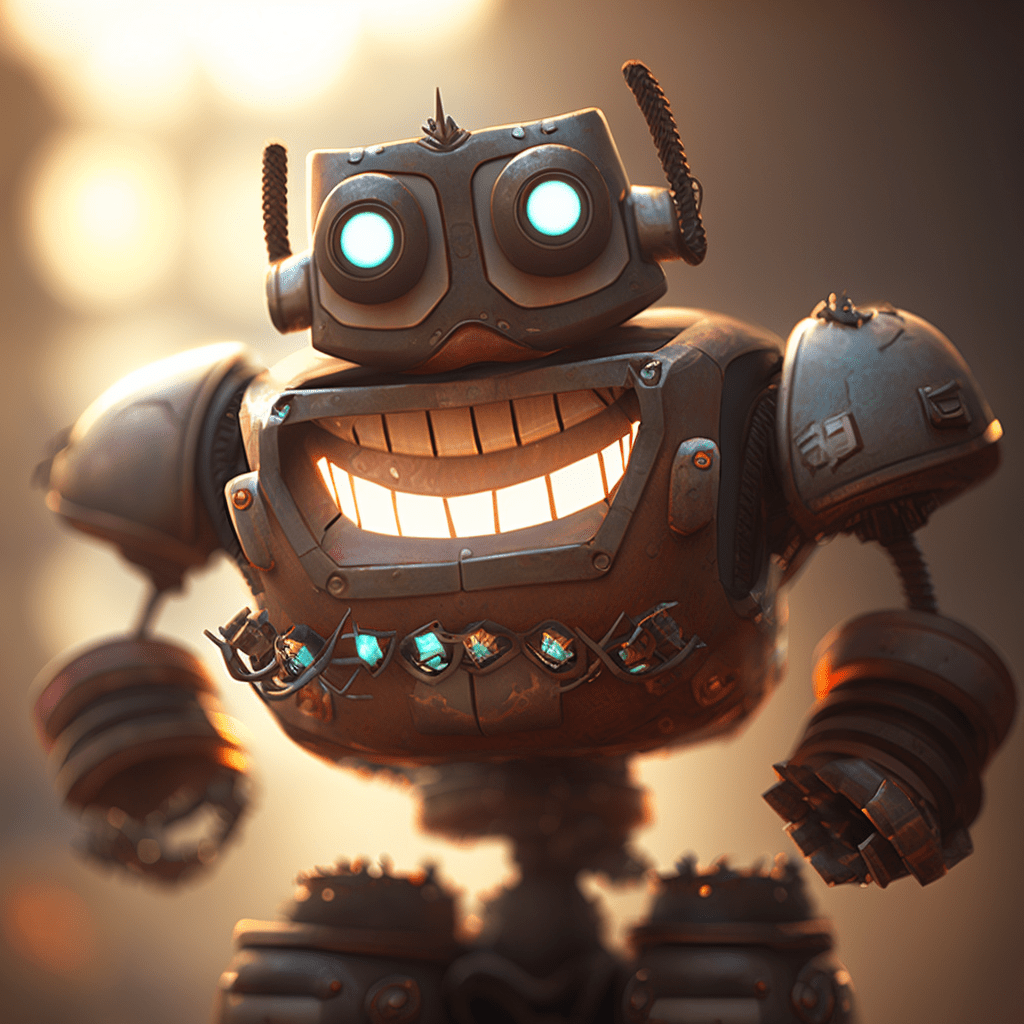
Marketing:
For the marketing texts and SEO keywords, we again used ChatGPT to create appealing texts within seconds. We had to re-edit the output a few times to fit the tone we wanted to hit in the game and the AI even came up with a couple of jokes. Who would have thought only six months back that an AI could make up jokes that fit to a text and story?
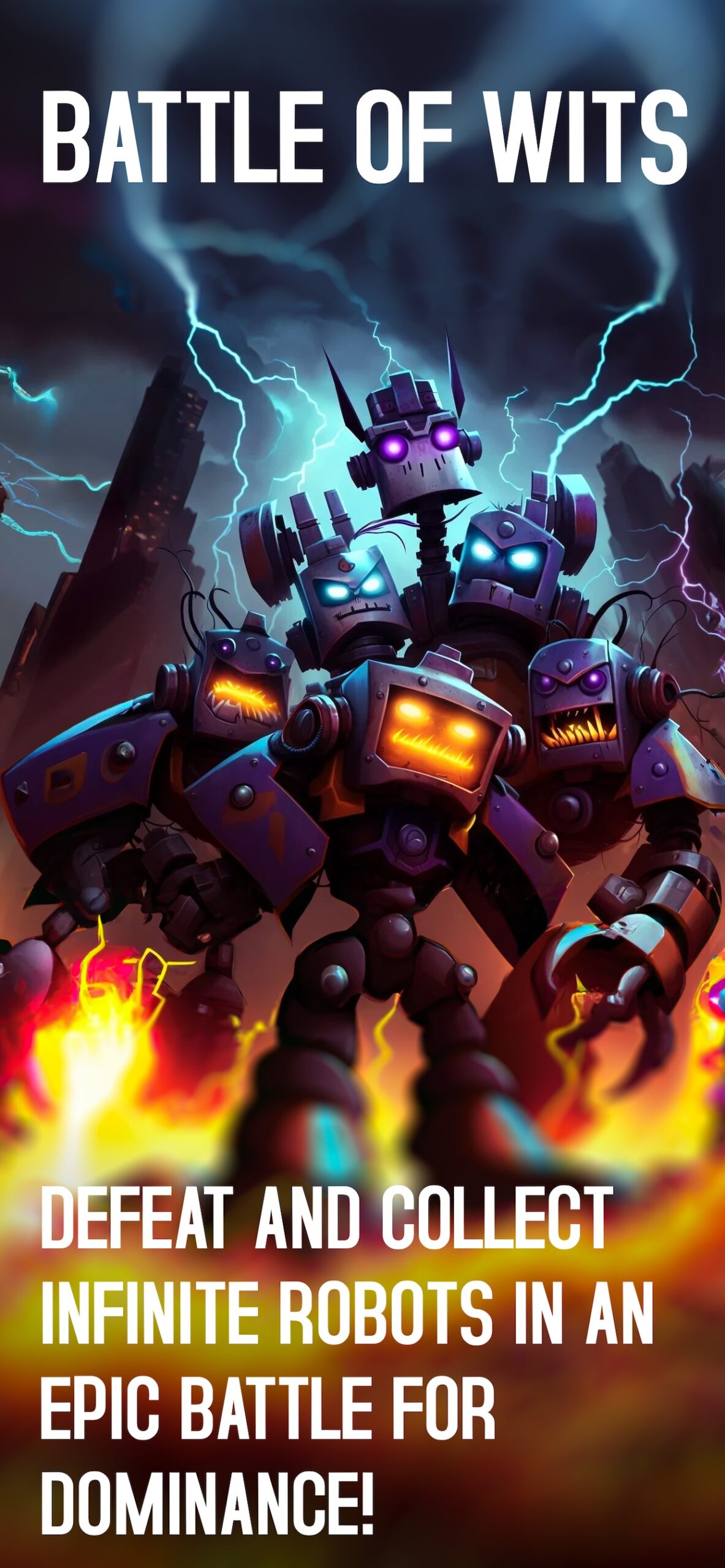
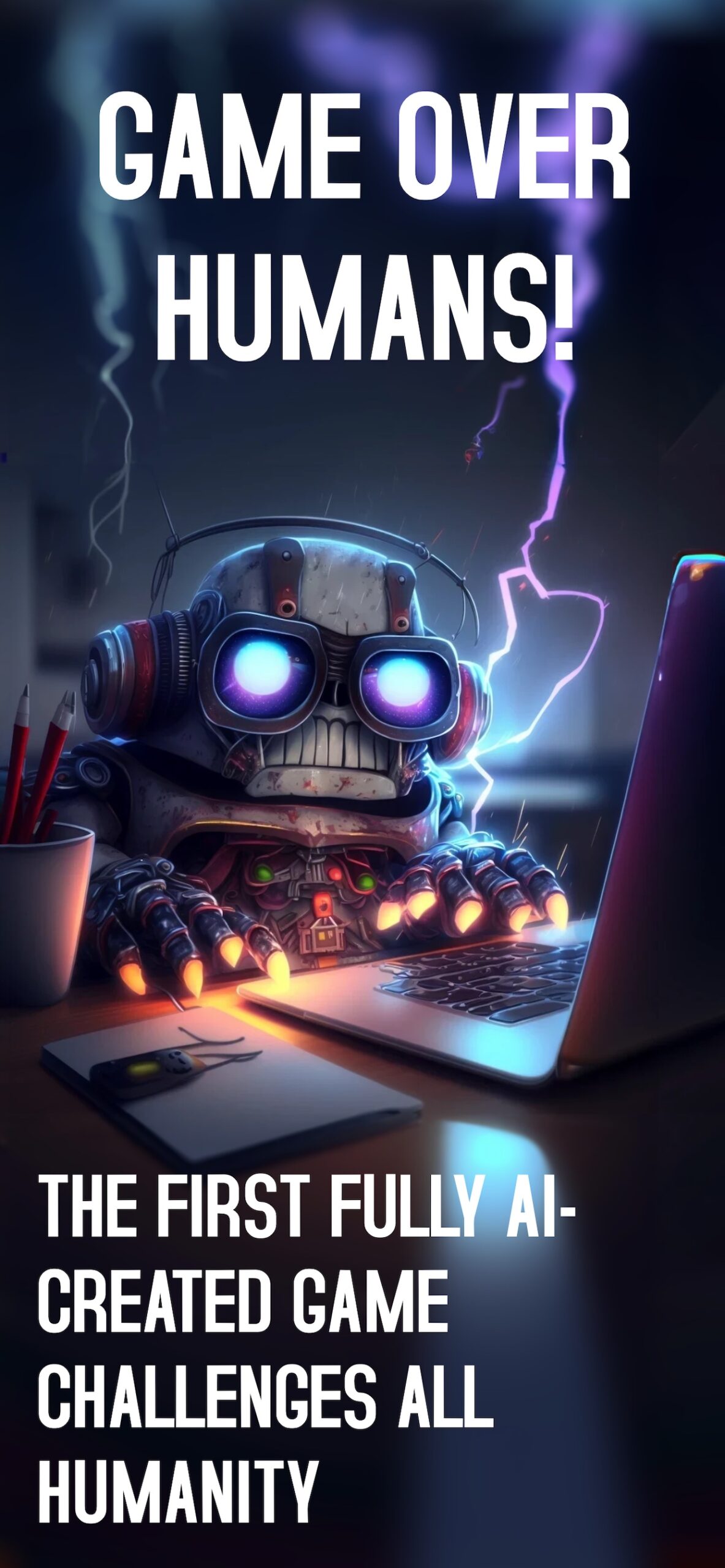
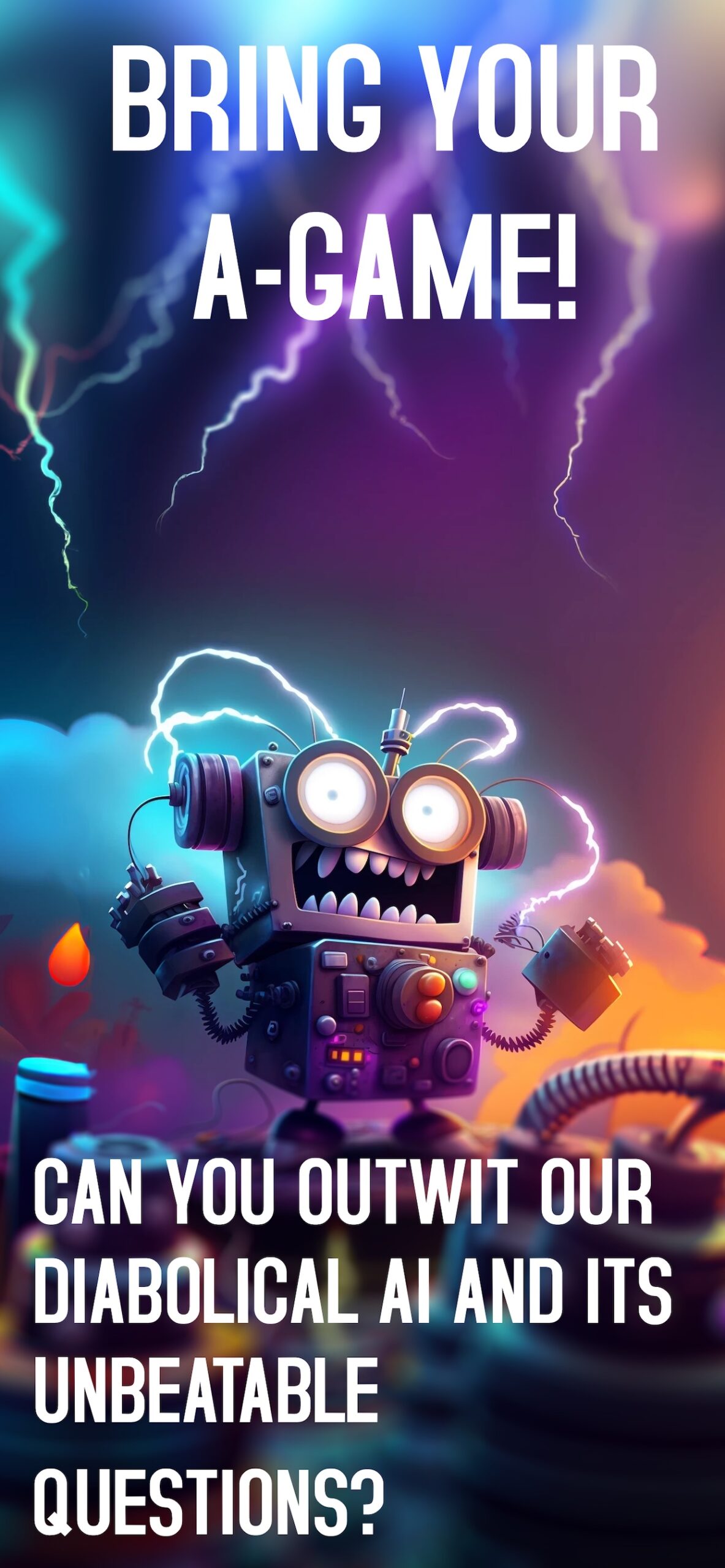
Monetization:
To achieve a realistic test result in terms of both fun and profit, we consulted ChatGPT for monetization suggestions:
Although the response was somewhat generic, it was accurate. We decided to implement a classic mix of in-app purchases asked ChatGPT on how to tackle this.
And wherever this made sense, thats exactly what we did.
Summary:
Overall, our experience building this quiz game blew us away. In 2022 a project like this would have taken us at least two months and cost us thousands of dollars in game design, art and sound creation. Now we were able to complete this project in less than two weeks as a side project. We were amazed by the advancements in technology and how it will revolutionize marketing and digital arts industries. Although generative AI offers limitless possibilities, we found that human input is still necessary for creative execution and fine-tuning.
Therefore, it may take some time before average programmers and digital art creators are entirely replaced. However, great artists and coders now have an assistant at hand they can rely on for technical and creative ideas. This will save them hours, if not days, in the production pipeline.
Take this blogpost as an example… normally this would have taken an editor a day to write including the revision times. With ChatGPT, it only took us an hour, and the result is much more understandable than if we had given ourselves just an hour to write it. This highlights the core value of generative AI today: The productivity of artists and technicians will skyrocket like Bitcoin in the 2010’s. In the dawn area of computer games one or two artists could push out a game and we are entering a time when this will become possible again. Therefore, expect much more content like books and even more complex games like ours. The future of entertainment will be noisier, and visibility will be even harder to achieve than it already is.
If you’re interested what generative AI like midjourney, ChatGPT and Amazon Polly can do for your project, please don’t hesitate to get in touch with us. We specialize in cutting through the hype and delivering executable results.
Here is a short Video to give you an impression of the Game:
Download the game for free on iOS or Android today and experience the power of generative AI for yourself.
